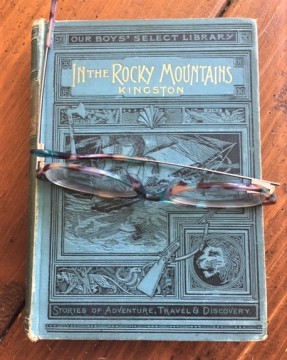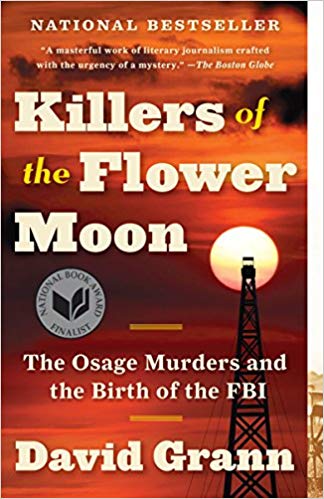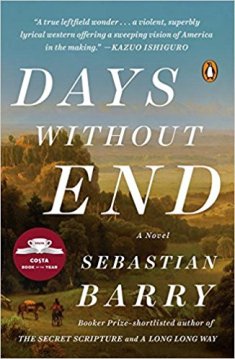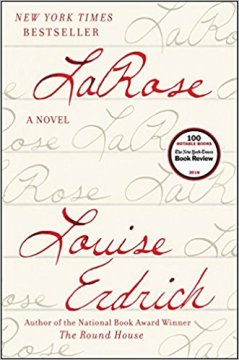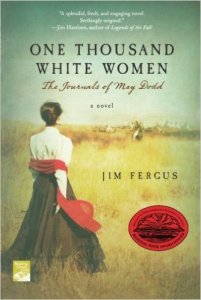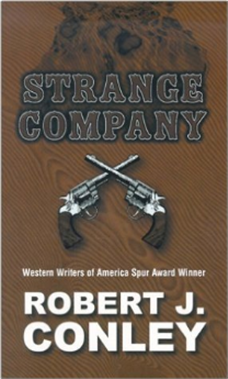A friend who knew I was writing a story set locally before the arrival of white men gave me The Bridge of the Gods, which was written in 1899 as a result of Balch’s years of collecting Native American folklore and customs in Oregon. The novel is based on a legend about a bridge of stone across the Columbia.
The novel begins in 17th century Massachusetts, where Reverend Cecil Grey feels the mission to preach Christianity to the indigenous people of the West and dreams of a huge stone bridge over a river. His wife having died, he sets off to do just that, accompanied by his Native American nurse.
Eight years later, Multnomah, chief of the Willamette tribe, decides to test his allies. His tribe is the leader of a confederation united against their enemies, the Spokanes and the Shoshoni. The ascendancy of the Willamettes is prophecied to last until the Bridge of the Gods, a massive stone arch over the Columbia River, is destroyed. However, Multnomah has been hearing that some tribes want to leave the confederation. He decides to summon all of the tribes for a great council on Wappatta Island (now Sauvie Island).
Multnomah has a beautiful daughter, Wallulah, whose mother was an Asiatic princess shipwrecked at the mouth of the Columbia. Multnomah wants to betroth her to Snohomish, chief of the Cayuses, to cement their alliance. Wallulah, having seen Snohomish once, is not averse—until Cecil Grey comes on the scene.
I didn’t expect much from the attitudes of this book, considering when it was written, and I didn’t get much. Despite the young Balch having been interested enough to travel around and interview indigenous people, they are referred to constantly as savages, their traditions are treated with abhorrence, their villages are described as degraded, they are shown as violent and cruel. Even Multnomah, who compared to Snohomish is a good guy, is depicted as obdurate and cruel. Grey’s faithful nurse doesn’t even have a name.
Only Wallulah escapes this treatment, but note that she is half “Asiatic” (and a confused half at that, for her mother is said to have taught the Willamettes something about Buddha but calls god Allah). Her mother is described as white. Wallulah is herself a typical late 19th century romantic heroine, fragile and weak and a completely unlikely indigenous woman.
Although this novel is billed as a romance, Grey’s struggle is between his mission and Wallulah (even though they do not seem mutually exclusive), and since Grey is a zealot, Wallulah doesn’t have much of a chance. This is actually a romance in the older sense of the word, an adventure novel.
Since Balch went to so much trouble to personally speak to indigenous peoples and collect stories, I was hoping this book would be a little more enlightened—say, perhaps, written by someone who actually liked the people. It wasn’t. If you’re interested in an older book based in the life of indigenous peoples, I recommend The Loon Feather.



